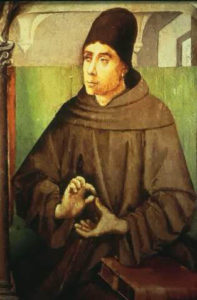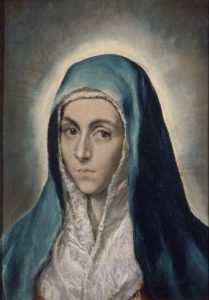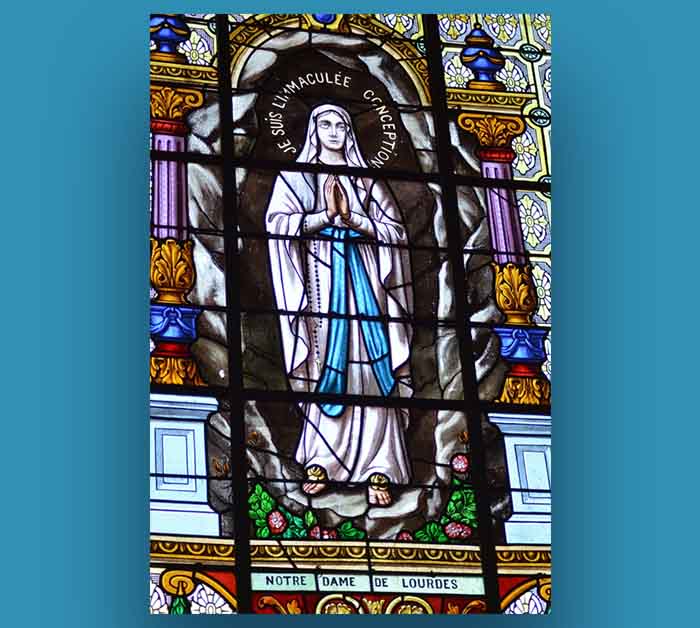We are fast approaching one of the Church’s great solemnities: the feast of the Immaculate Conception, celebrated on the 8th December. In many countries this day is a holy day of obligation; and in some countries it is even a bank (public) holiday.
Devotion to the Immaculate Conception is a long standing tradition in the Franciscan Order. Even today, a public novena to the Immaculate Conception takes place annually in one of the Conventual Franciscans’ principal churches in Italy: the Basilica of Santi Apostoli in Rome.

The Blessed Virgin Mary has been the subject of many poems in the English language. My own personal favourite has to be the one written by the great English Romantic poet, William Wordsworth (1770 – 1850). The poem is simply entitled The Virgin:
The Virgin
“Mother! Whose virgin bosom was uncrost
With the least shade of thought to sin allied;
Woman! Above all women glorified,
Our tainted nature’s solitary boast;
Purer than foam on central ocean toast;
Brighter than eastern skies at daybreak strewn
With fancied roses, than the unblemished moon
Before her wane begins on heaven’s blue coast:
Thy image falls to earth. Yet some, I ween,
Not unforgiven, the suppliant knee might bend
As to a visible power, in which did blend
All that was mixed and reconciled in thee
Of a mother’s love with maiden purity,
Of high with low, celestial with terrene.”
As poetry goes, it is certainly a beautiful piece. But what about the Marian doctrine of which it speaks? Some may wonder why a poet who was not a Catholic could write such a poem on Our Lady, accurately describing the Immaculate Conception – and this many years before Pius IX’s Encyclical. There may be several reasons, in my opinion, why Wordsworth was inspired to write this poem:
Firstly, we should note that England was not always a Protestant country. Prior to the break from Rome, England was one of the leading lights in Christendom. The country had long been known as Our Lady’s Dowry. In addition, there was also a long standing tradition in the country of devotion to the Immaculate Conception.

In the days leading up to the 8th December, let us pray in a special way to Our Lady, “our tainted nature’s solitary boast”.
– friar Solanus Mary OFM Conv.



